Caring for our teeth and gums isn’t just about avoiding fillings. Advances in science now show there is a whole host of reasons we need to prioritise our oral health. Dentist Joseph Greenwall-Cohen, from Greenwall Dentist in Hampstead, says, ‘A healthy mouth is the cornerstone of overall life quality, especially as we age. Oral health helps minimise tooth decay and gum disease, but there's also increasing evidence about oral disease and the link to systemic disease. Chronic inflammation from periodontal disease is an independent risk factor for coronary heart disease, increasing risk by 24-35%, and is linked to recurrent stroke. Harmful oral bacteria and their toxins can enter the bloodstream via diseased gums, fuelling atherosclerosis, impairing blood sugar control in diabetes, and contributing to conditions such as rheumatoid arthritis, certain cancers, and neurodegenerative disorders. Because of all of this, getting into good oral health habits is essential.’
Read on for Joseph’s simple tips for a healthy mouth.
Choose your brush
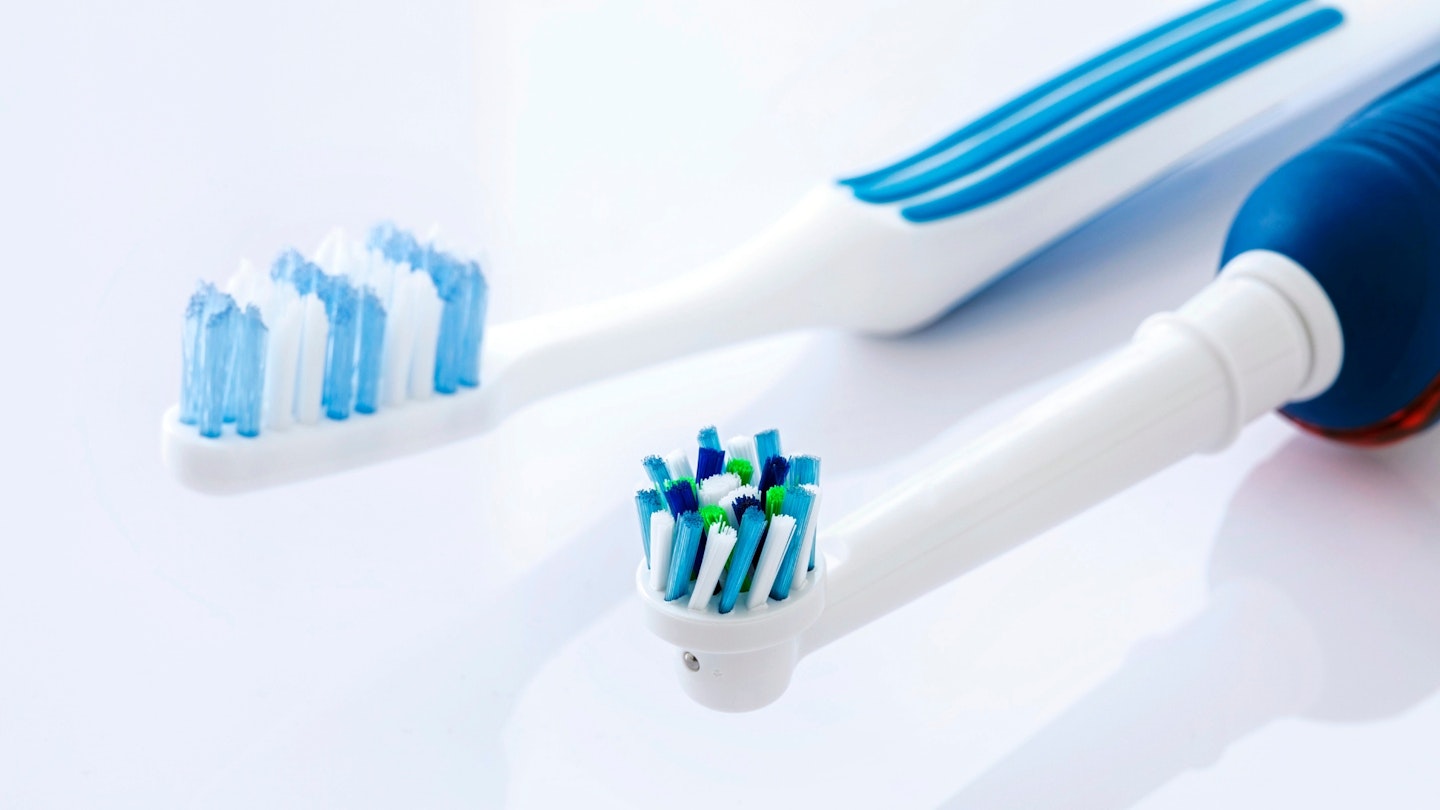
Brushing twice a day is the foundation of good oral health, but Joseph says you should also consider which toothbrush to use. ‘Everyone needs to brush twice daily with a bristled brush for two minutes using a fluoridated toothpaste,’ he explains. ‘There is now increasing evidence that a powered brush has additional benefits over a manual toothbrush. A 2014 review of studies revealed that powered toothbrushes outperform manual ones in reducing plaque and gingival inflammation over both the short and long term. However, studies have shown that with the correct technique, manual toothbrushes can still lead to adequate plaque control.’
Should we all be using electric brushes then? ‘Ultimately, find what works best for you. Speak to your hygienist and dentist, and bring your toothbrush to your hygiene session so that you can evaluate your technique together and make changes as needed.’
Get your technique right
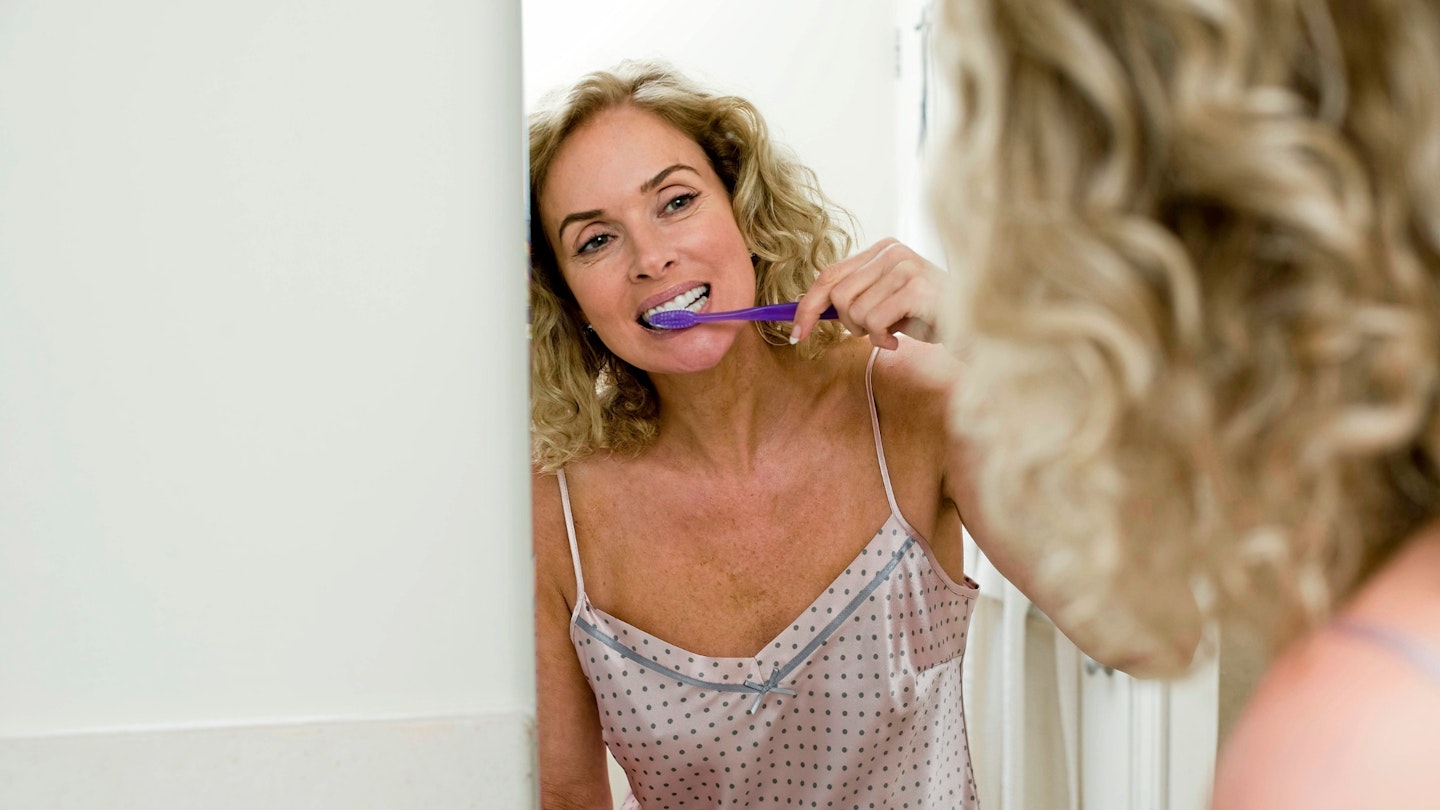
Joseph recommends we consider our gums more carefully when brushing our teeth, and says we should use the ‘modified Bass technique’ (named after a US doctor and researcher) that emphasises the gum line.
‘The goal of brushing is to remove and disrupt the plaque at and above the gumline,’ he explains. ‘Place the bristles of toothbrush at a 45º angle to the tooth and gum, then using small, gentle, vibrating motions to remove the plaque making sure to cover each and every surface of the tooth. And brush for at least two minutes twice a day.’
Don’t rinse
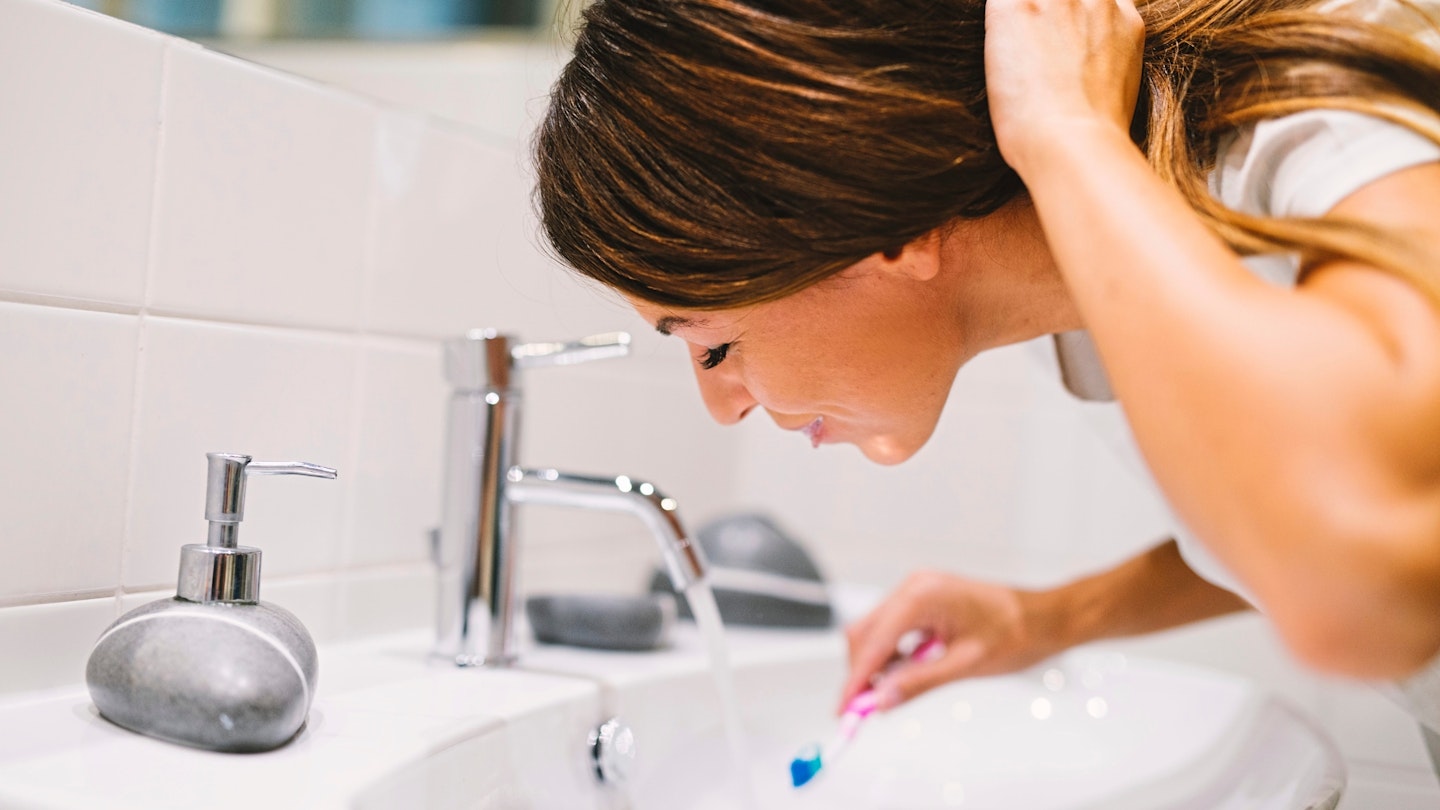
You may have been brought up to rinse with water after brushing, but Joseph says this is one of the biggest myths in dentistry. ’You should never rinse your mouth out after brushing. I always say to my patients that if you had a rash on your skin, you wouldn't wash away the cream after you placed it, and this is the same for brushing. You want the toothpaste on the tooth for as long as possible to maximise its benefits. One study found that rinsing after brushing could reduce the impact by close to 30%. So, instead of rinsing, spit away the excess.’
Fluoride is vital
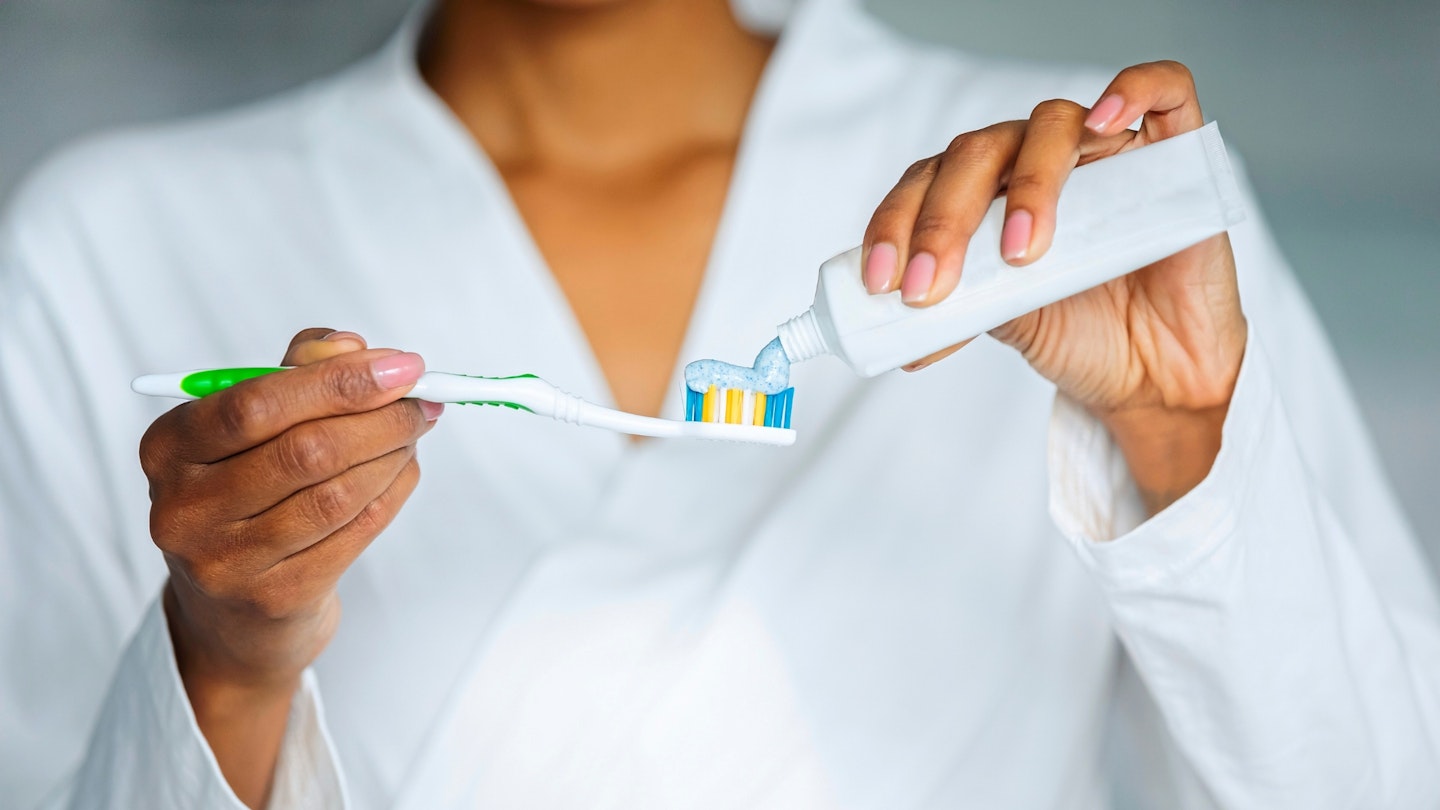
There has been a rise in the popularity of fluoride-free toothpaste, with some people citing potential negative health impacts, but Joseph says fluoride is essential.
‘Fluoride is the ingredient in toothpaste which provides cavity protection. Not only does it make the teeth more resistant to cavities, but it can also reverse early cavities, minimising the need for fillings. I’ve seen first-hand the detrimental impact using fluoride-free toothpaste can have on cavity control. I had a patient who switched to a fluoride-free toothpaste for a year, and they needed four fillings the following year.’
He adds, ‘We recommend finding a toothpaste with around 1450ppm fluoride, it will say this on the back of the packaging. We know that this concentration is incredibly safe and effective.
‘Beyond fluoride, some additional beneficial ingredients include desensitisers such as potassium nitrate and novamin, which are great for individuals with sensitivity, and antimicrobial agents such as stannous fluoride, which can assist in plaque removal. Hydroxyapatite, which is the crystal that naturally forms the majority of our tooth, is also being added to some toothpastes and has shown benefits in preventing decay. However, importantly, all these should be in addition to fluoride and not instead of.’
Floss daily
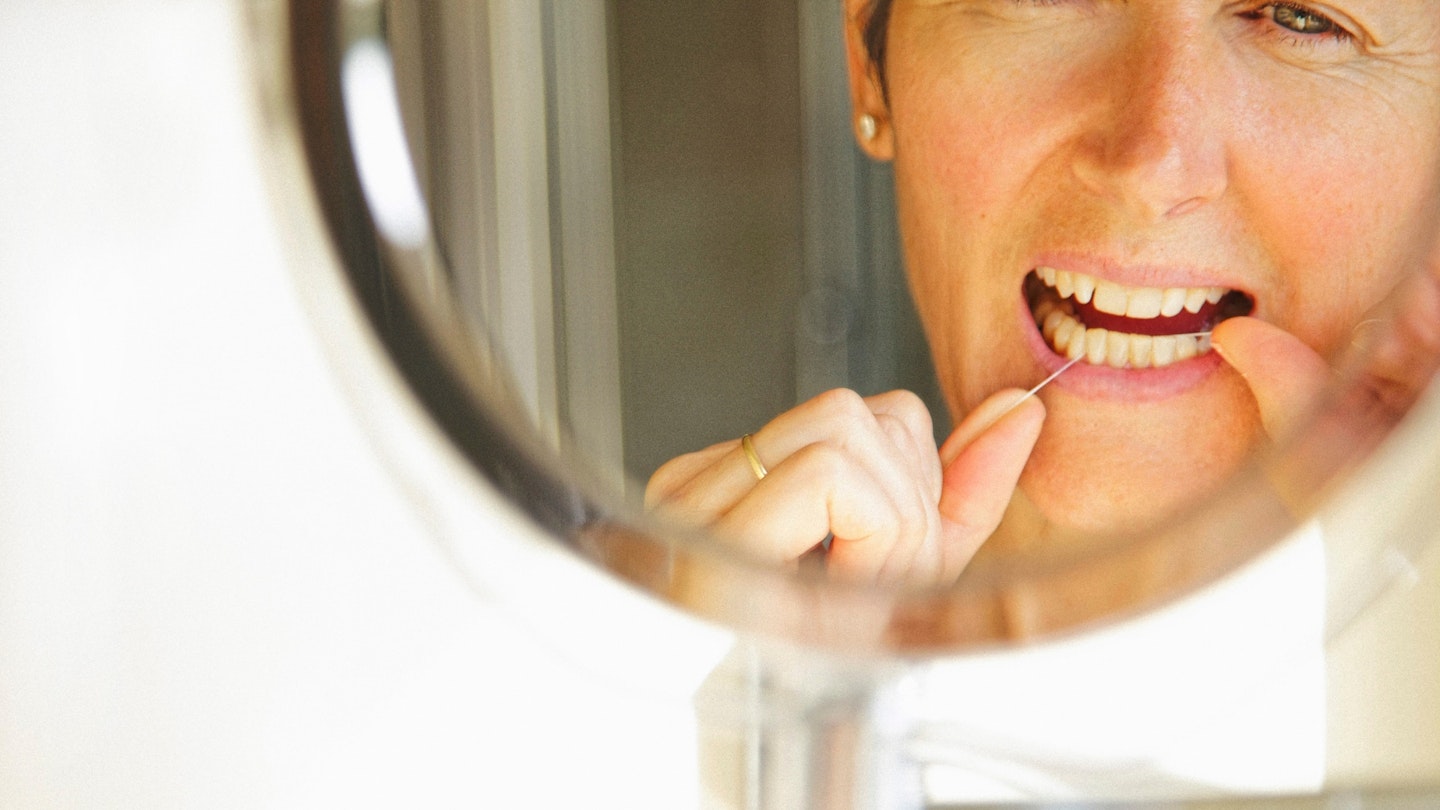
If you’re not in the daily habit of flossing, now is the time to start.
‘Flossing allows us to clean between the teeth, areas which toothbrushing alone does not reach. You can also use interdental brushes for this,’ explains Joseph. ‘We recommend interdental cleaning with either floss or interdental brushes at least once a day prior to brushing.’
He adds, ‘The best technique for flossing involves taking 30-45cm of floss or dental tape and grasp it so you have 3cm or 4cm of floss taut between your hands and slipping the floss between the teeth into the area between your teeth and gums, as far as it'll go. We then recommend flossing with eight to 10 strokes, up and down between each tooth, to dislodge food and plaque. If you are struggling, interdental brushes such as TePes are a lot easier to use.’
Use mouthwash in the afternoon
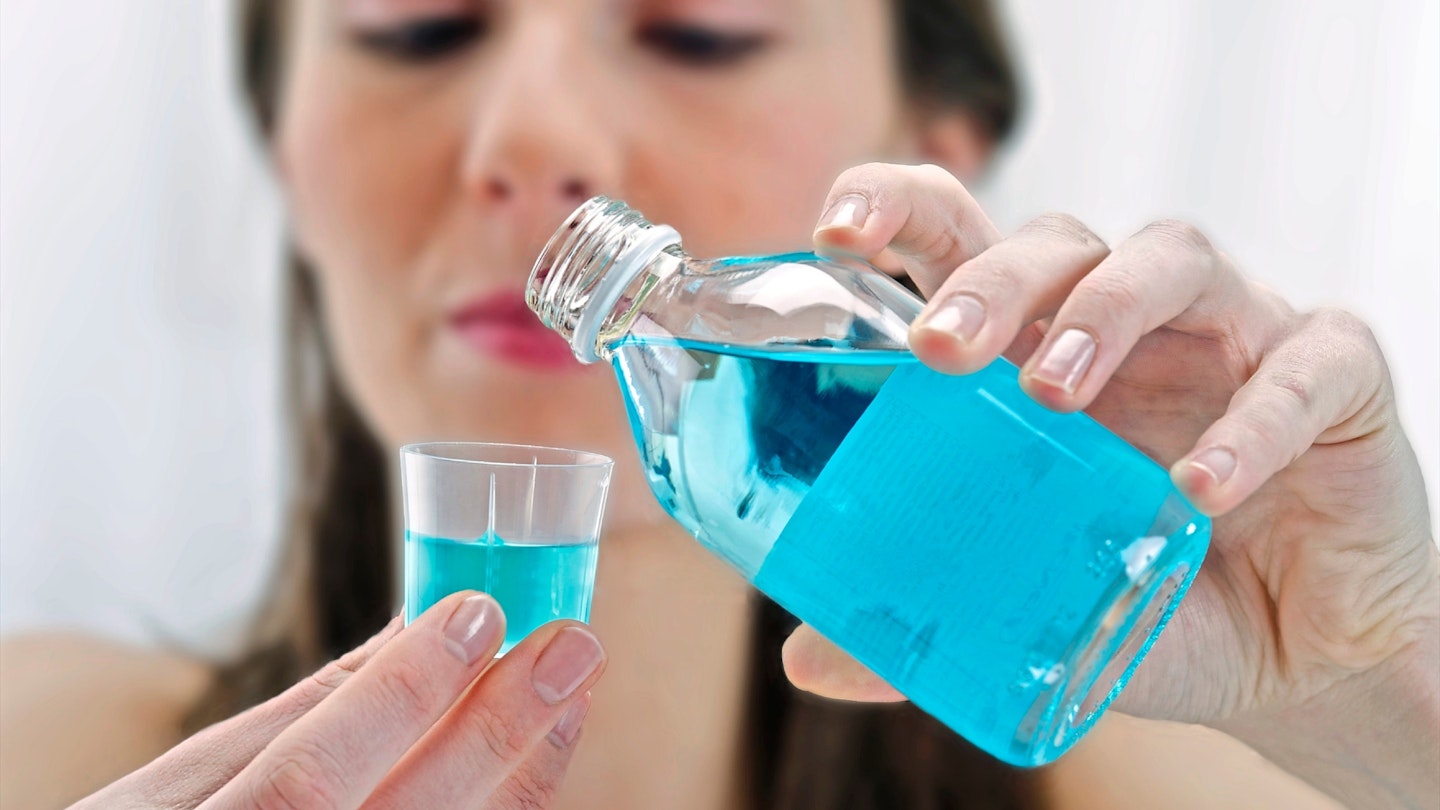
Joseph recommends mouthwash, but not right after cleaning your teeth. The NHS also recommend this due to concerns it might wash away fluoride from your toothpaste.
‘Mouthwash is a good supplement to oral hygiene, but should never be used as a replacement to brushing and interdental cleaning,’ explains Joseph. ‘For cavity control, a fluoridated mouthwash can be used and should be used at a different time to brushing, for example, if you brush in the morning and evening, then use a fluoridated mouthwash in the afternoon.’
He also recommends tongue scraping. ‘Our tongue harbours majority of the bacteria in our mouth. These bacteria can produce volatile sulphur compounds, which can contribute to bad breath,’ explains Joseph. ‘As such, scraping our tongue can reduce bad breath by removing these bacteria. I recommend scraping your tongue either with a toothbrush or tongue scraper at least once daily. Use your toothbrush to lightly scrape the entire surface of the tongue.’
See a hygienist twice a year
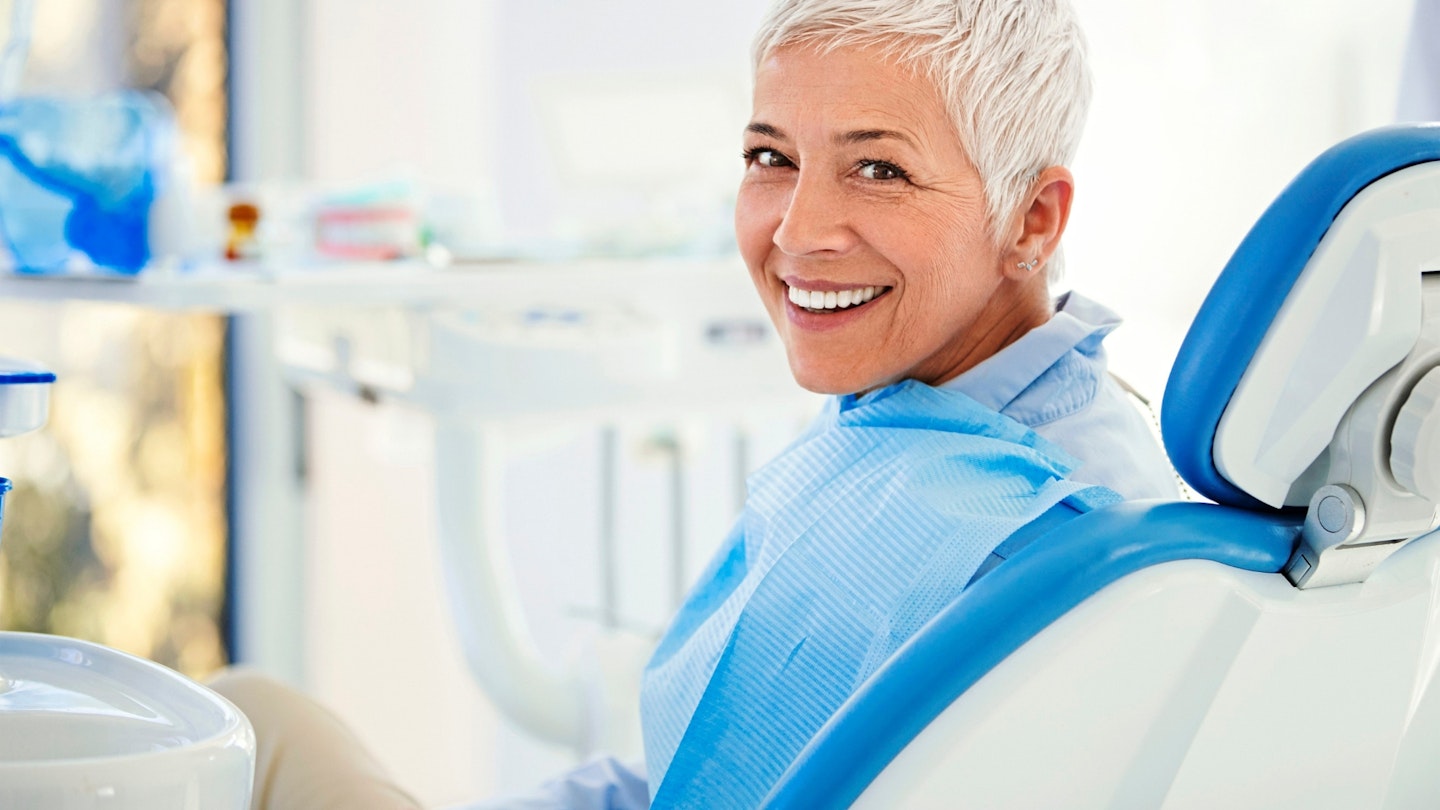
As well as a dental check-up twice a year, Joseph recommends seeing a hygienist. ‘Hygienists can remove difficult-to-reach plaque and calculus, which is hardened plaque, from above and below the gumline. They are an essential part of keeping a healthy mouth and allow a “refresh” of your mouth. We recommend seeing a hygienist every six months, however, patients with a higher risk of gum disease may be seen on a three-month basis.’
Ease check-up nerves
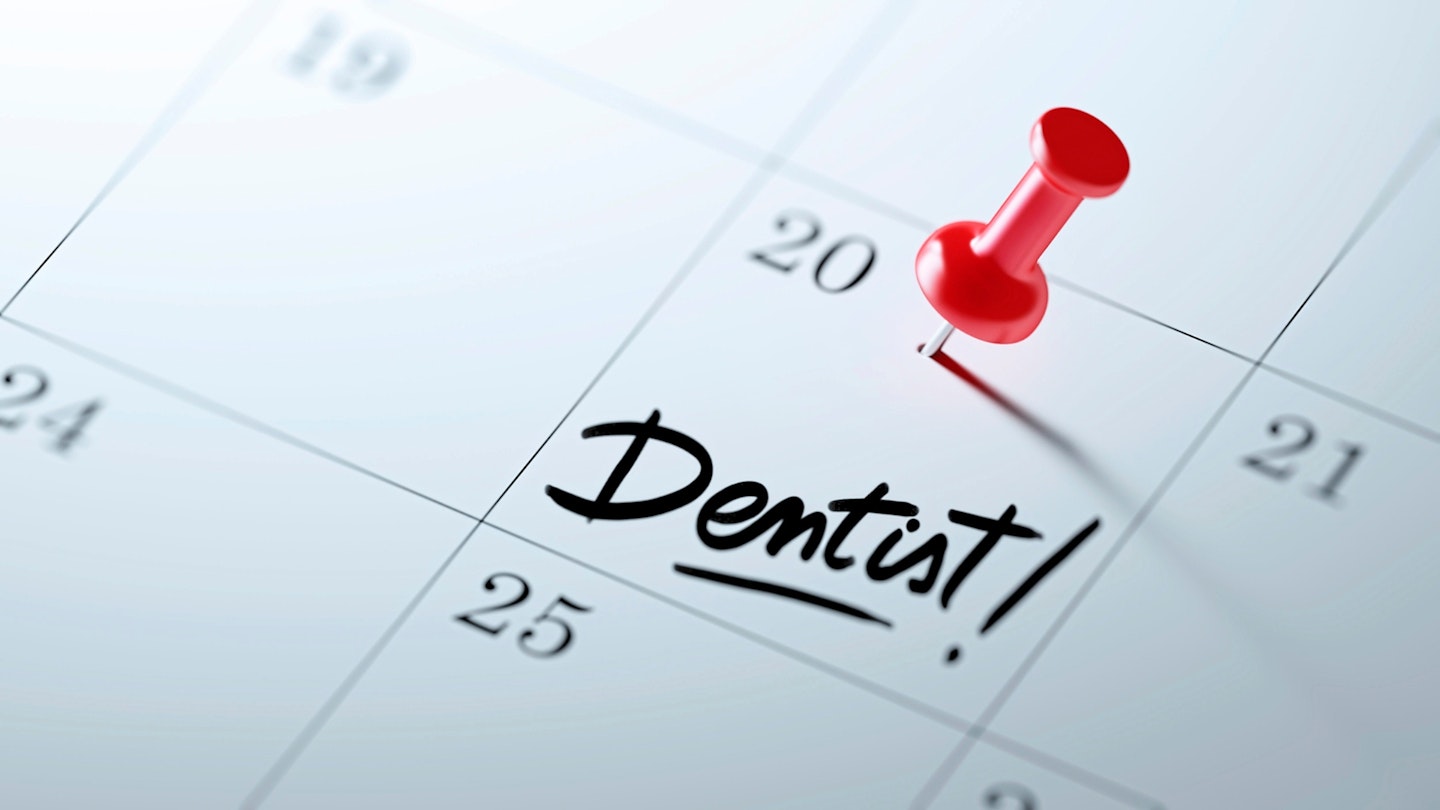
Joseph recommends we all see a dentist once every six months. ‘This allows for early detection of issues like tooth decay, gum disease and oral cancer. As with most diseases, early detection allows preventative options to be explored and minimise the complexity of interventions required,’ he explains.
However, many of us are nervous patients. In fact, 20-30% of adults report significant fear of trips to the dentist.
Joseph says, ‘If you are nervous, tell your dentist at your initial consultation. It will allow the dentist to introduce different techniques designed to reduce stress, such as the tell-show-do technique, where we describe each stage in detail prior to beginning, and the hand signal system.’
He says, ‘Cognitive behavioural therapy has also been shown to be effective for nervous patients and is something worth discussing with your dentist. Pharmacological interventions such as conscious sedation are also available for extremely nervous patients, however, they should only be used after other non-pharmacological avenues have been explored.’
